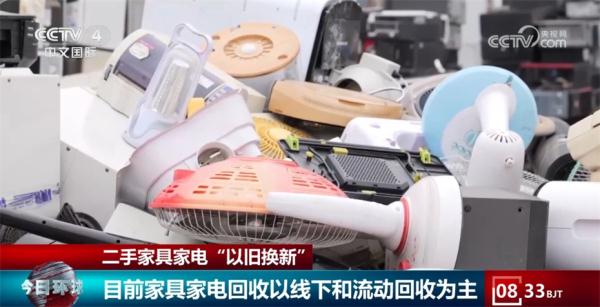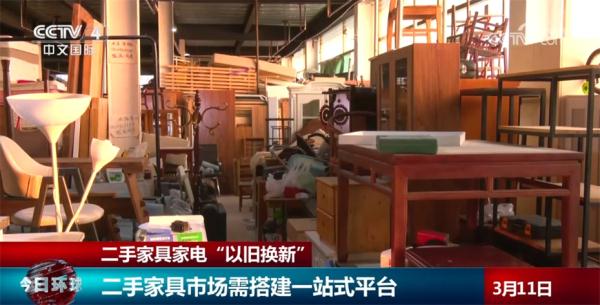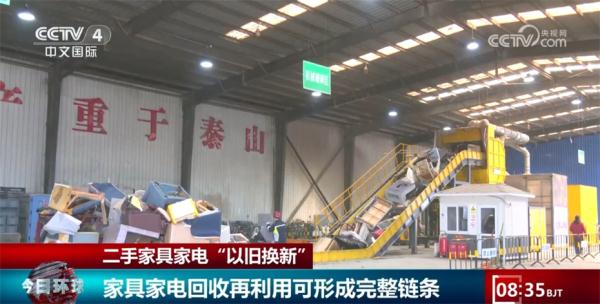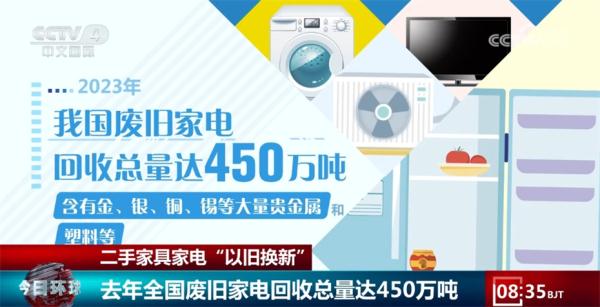The reporter investigated the "trade-in" market of second-hand furniture and household appliances, and needed to build a one-stop platform and form a complete industrial chain.
CCTV News:A few days ago, the fourth meeting of the Central Committee of Finance and Economics proposed that the implementation of large-scale equipment renewal and trade-in of consumer goods will effectively promote investment and consumption. During the two sessions this year, the government work report also pointed out that in 2024, the government’s task should focus on expanding domestic demand, promoting a virtuous circle of the economy, and encouraging and promoting the trade-in of consumer goods. Furniture and household appliances are durable consumer goods, and the demand and potential for upgrading are great. What problems are faced with trade-in now? Let’s look at the reporter’s investigation.
In the random interview, the reporter found that many consumers’ furniture "trade-in" problems are stuck in the processing of old furniture. In particular, some large-scale furniture replacement faces the problems of "difficult handling, difficult handling and low added value of recycling". As for the recycling method, consumers still mainly rely on offline recycling stations and mobile recycling points.

The small recycling stations located near the community are mainly scattered secondhand goods. On the one hand, the recycled goods are unstable, on the other hand, some problems such as waste and pollution caused by private demolition also need to be solved urgently. In addition, the competition in the second-hand furniture industry is very fierce in the past two years. In the severe "price war", the operation of some recycling companies is also facing great challenges. During the interview, many merchants said that how to find customers is a difficult problem. With the strength of a single merchant, the huge demand is "difficult to tap".

Tu Qi, vice chairman and secretary general of China Furniture Association, said: "We may need to get through the link function of such a platform, which can incite some head enterprises in the industry to build a platform for recycling the whole industry chain of IOT."

Not long ago, the Ministry of Commerce and other nine departments jointly issued a notice, clearly proposing to improve the recycling system of used household appliances and furniture, smooth the recycling of renewable resources, and improve the planning and layout of recycling networks. In Laixi, Shandong Province, the reporter visited the industry’s first home appliance recycling interconnection factory integrating "recycling-dismantling-recycling-reuse". For refrigerators, washing machines, air conditioners and other household appliances, the disassembled iron, aluminum, copper and some hard plastics are the most valuable parts.

According to the statistics of relevant industry associations, in 2023, the total amount of waste household appliances recovered nationwide reached 4.5 million tons, containing a large number of precious metals and plastics such as gold, silver, copper and tin. The data shows that for every ton of waste household appliances recycled, the dismantled renewable resources can reduce greenhouse gas emissions such as carbon dioxide by about 4.7 tons. However, at present, waste household appliances are recycled through normal channels, and only about 20% of them are environmentally dismantled and recycled.
]